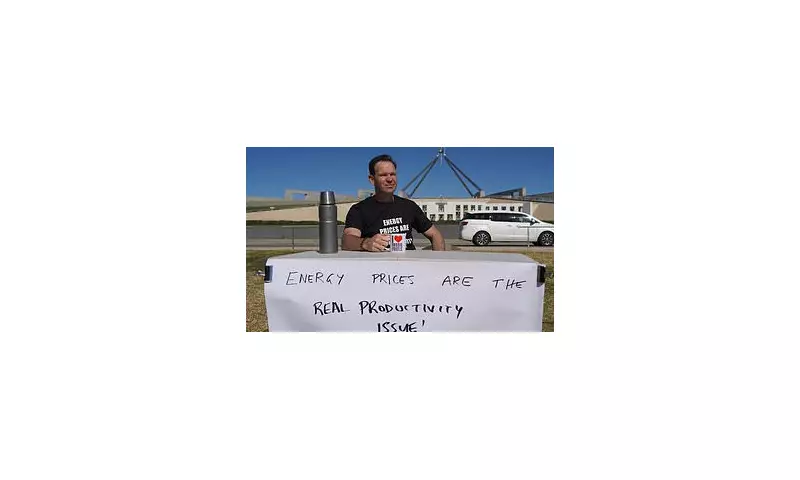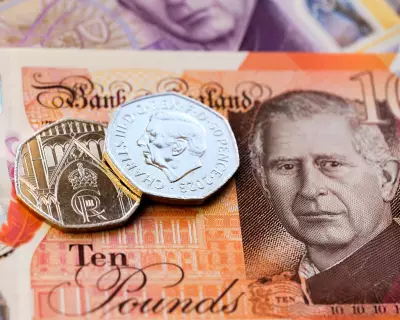
A single, powerful image is cutting through the political spin and economic jargon to reveal the brutal truth about why millions of Australians are feeling a profound and sustained pinch in their wallets.
The graphic, which has sparked intense debate, doesn't show empty supermarket shelves or soaring energy bills. Instead, it plots two simple lines on a chart: one representing wage growth, and the other representing inflation. The ever-widening gap between them tells the entire story of the nation's cost-of-living crisis.
The Squeeze That's Strangling Household Budgets
For over two years, the relentless pace of inflation has dramatically outpaced the growth in wages. This means that even if you received a pay rise, the increasing cost of virtually every essential good and service – from groceries and petrol to rent and mortgages – has completely eroded its value. You are effectively earning less in real terms than you were before.
This phenomenon, known as a 'real wage cut', is the silent force making Australians feel poorer. It’s not just a feeling; it’s a mathematical certainty. Your money simply doesn’t stretch as far as it used to, forcing difficult choices and financial stress upon countless families.
Beyond the Headlines: Interest Rates and Global Pressures
While the wage-price gap is the core issue, other factors are intensifying the pain. The Reserve Bank of Australia's (RBA) aggressive interest rate hiking cycle has been a double-edged sword. Designed to curb inflation, it has simultaneously hammered homeowners with thousands of dollars in extra mortgage repayments each year.
Furthermore, global economic instability, supply chain disruptions, and geopolitical conflicts have all contributed to rising import costs, which are inevitably passed on to consumers at the checkout.
The Human Impact of the Economic Data
This isn't just an abstract economic concept. The consequences are being felt in real life:
- Drained Savings: Many are burning through their savings just to cover weekly essentials.
- Forgoing Healthcare: Some reports indicate people are skipping vital dental check-ups or medical procedures due to cost.
- Social Sacrifice: Dining out, family holidays, and simple social activities are being axed from budgets as discretionary spending evaporates.
The image serves as a stark reminder that until wage growth can consistently overtake inflation, the financial pressure on ordinary Australians will continue to mount, creating a nation where feeling poor is the new normal for many.





